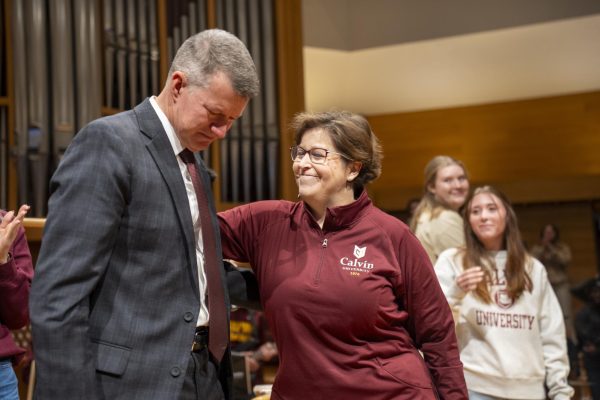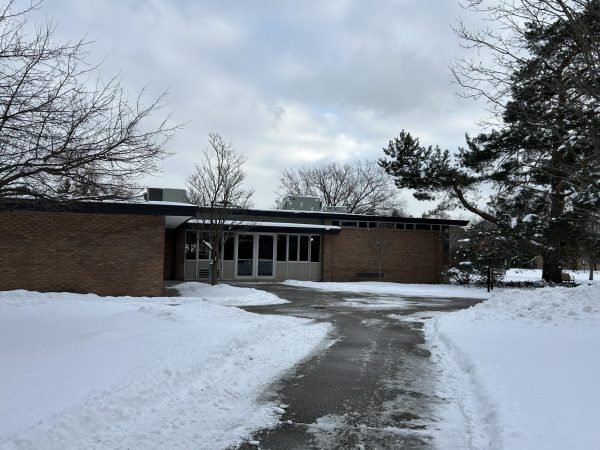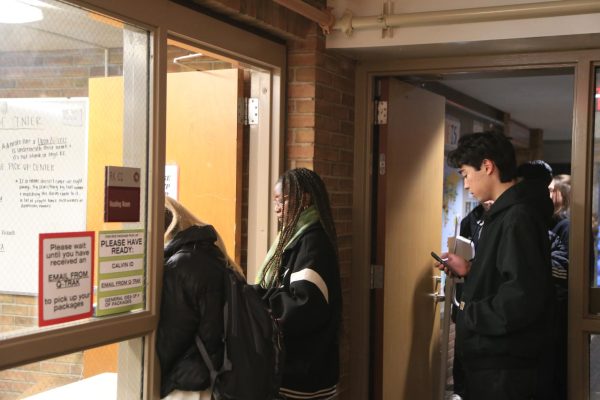Faculty Assembly fails to pass core model by four votes
At Monday’s full faculty assembly, the proposal for a revised core curriculum structure failed to receive the required 60 percent supermajority needed for approval. Out of 227 faculty votes cast, there were 133 yes votes, which is 58.6 percent. The proposal would’ve needed 137 votes in order to pass.
Faculty senate approved the proposal at their April 25 meeting. Robert’s Rules does not ordinarily require a supermajority for this kind of decision, but faculty senate recommended the measure at its April 25 meeting when it approved the core to be presented to the full assembly.
Along with senate’s other recommendations, like enfranchising faculty teaching night classes at the time and not allowing amendments to the proposal, the supermajority requirement was approved by all voting faculty with a two-thirds majority.
At the assembly, faculty members raised concerns about the amount of compromise between department interests in the proposal. According to Provost Cheryl Brandsen, who led the core revision process along with Dean Elizabeth Vander Lei, these compromises were usually imagined as departments having to give up aspects of the core they wanted.
“Some [faculty] have said that the fact that the core proposal didn’t get the 60 percent supermajority is proof that it was a compromise, because everyone could find something in it they appreciated and something they didn’t,” Brandsen said.
Rather than focusing on disagreements at the level of categories and classes, Brandsen said it would be important in future discussions to first sort out the primary motivations and goals of the core:
“I think we need to have larger discussions about compromise in terms of what means to be a liberal arts college in 2016 and going forward, and what is the kind of core that best supports a liberal arts education for all students.”
One goal that many committee members expressed throughout the revision process was making the core smaller, especially since the proposal removed several exemptions that professional programs currently enjoy. However, the core as finally presented to the assembly ended up being slightly larger for most professional programs.
“[Faculty in professional and BS programs] were hoping for a reduced core for their students, and that didn’t happen, so I think there’s a lot of disappointment there on behalf of their students,” Brandsen said.
Another concern was whether it was possible to create one core for every student rather than different cores for different programs. Both Brandsen and Vander Lei felt that the two tracks in the proposed model came very close to these ideals.
“We came very close to having one core for everybody,” Brandsen said. “That core would’ve been slightly smaller, and we would’ve been well poised to do the kind of assessment work we need to do. But the idea of one core seemed pretty thin, understandably, to many.”
Now, instead of developing student learning outcomes (SLOs) to fill out the proposed core, the educational policy and core curriculum committees (EPC and CCC) will instead focus on redefining SLOs for the current core to make it more easily assessable.
According to Brandsen, the current core will likely change incrementally as departments and academic divisions bring proposals to EPC, but the next large-scale effort may need to wait for Calvin’s next five-year strategic plan.







